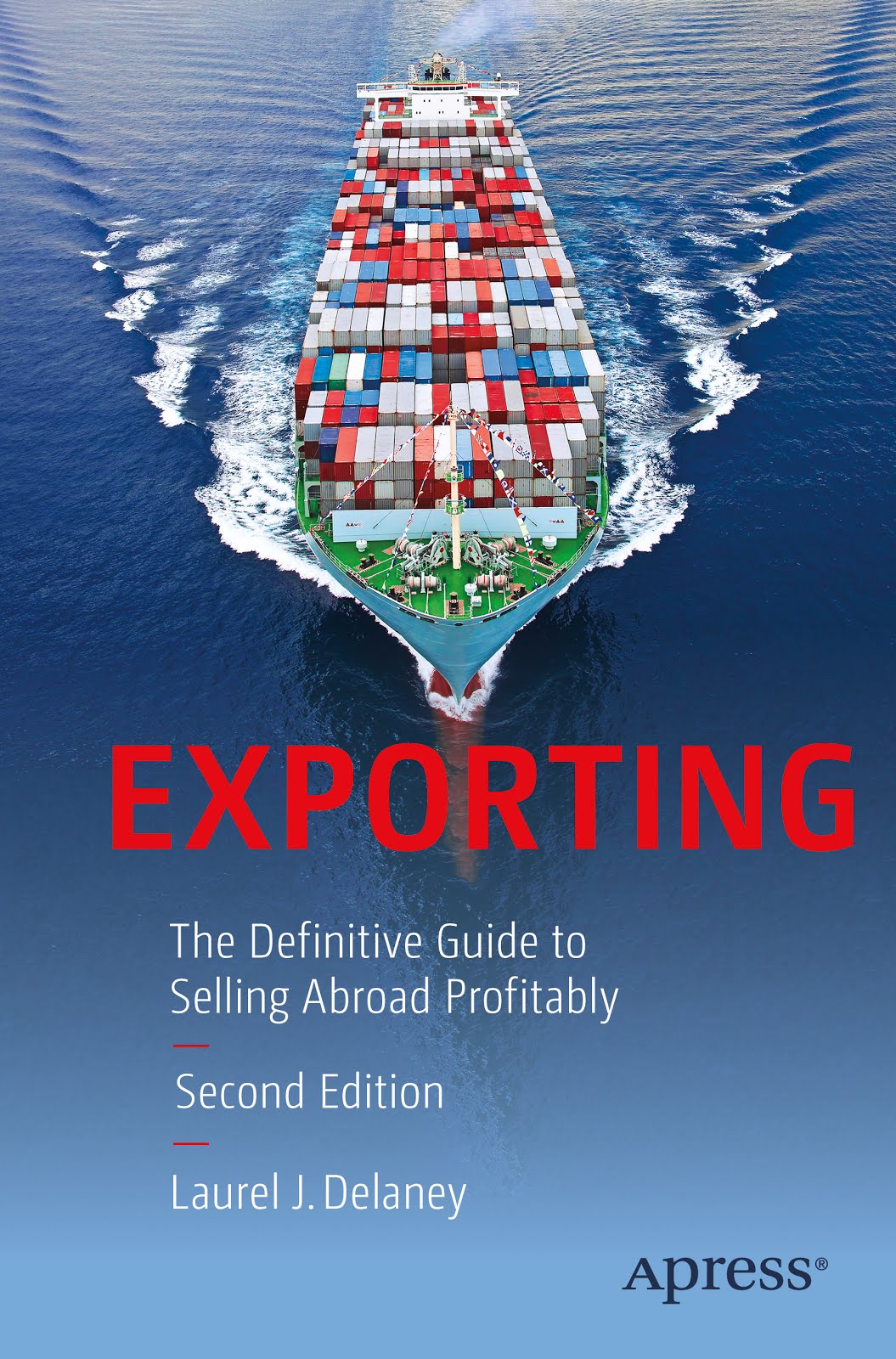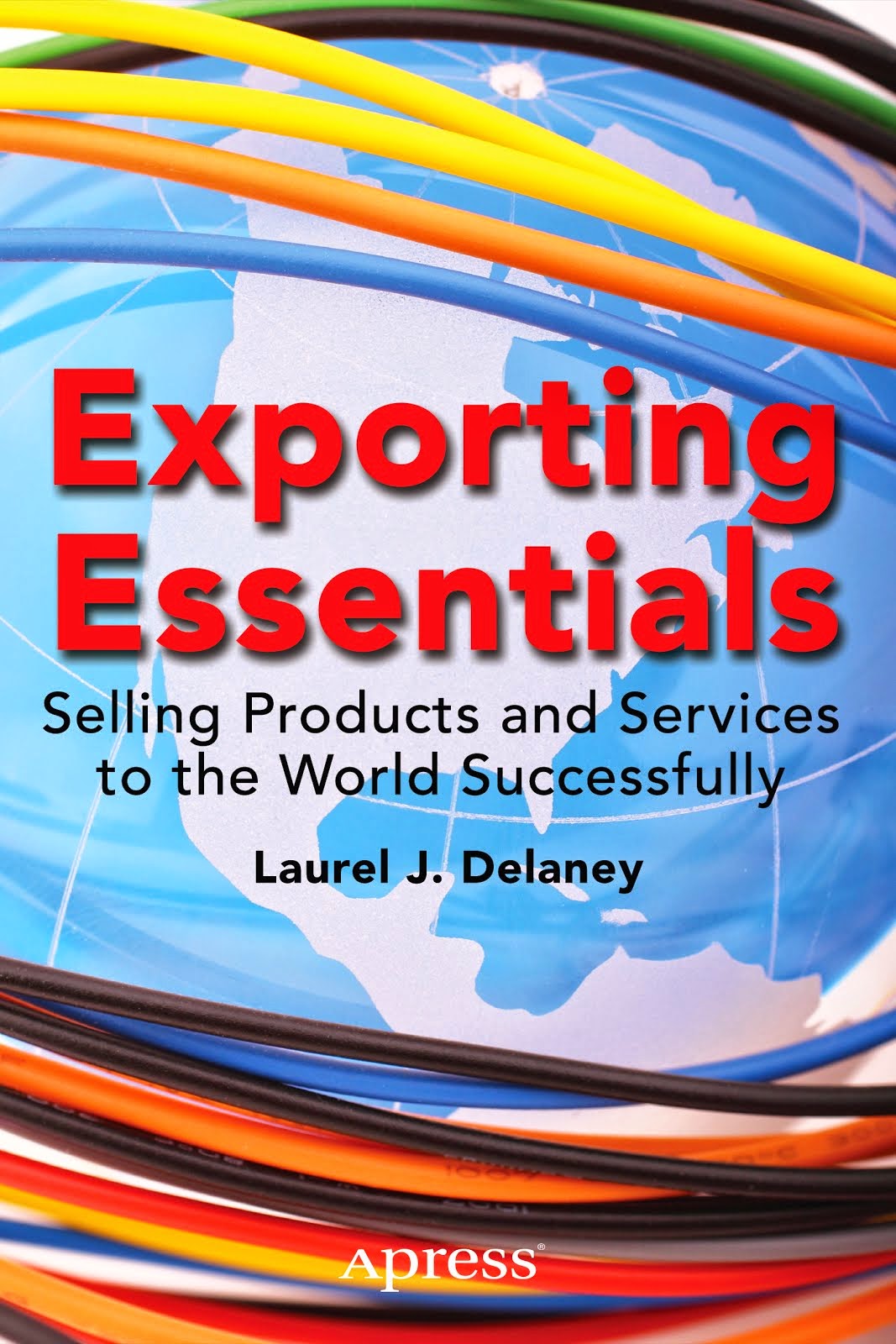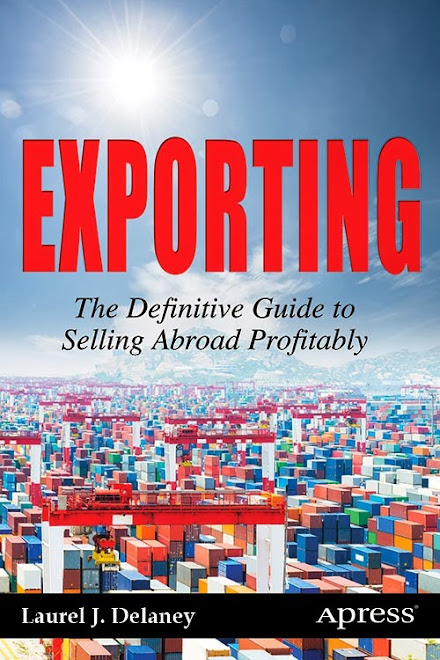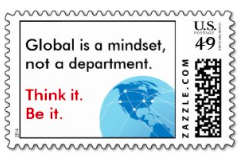 |
| iStock/Thinkstock |
When I read the article entitled, "Going Online to Lure Foreign Shoppers," I could not help but think of the days when Sears Roebuck published the one and only world's largest print catalog offering everything from toys to garden supplies to the best all cotton underwear for the entire family. These two clips provide context on what I'm talking about: Sears archive and a book about the catalog. If the catalog were still around, you can bet Sears would be thinking about luring foreign shoppers to it.
Could it be that retailers are just now thinking along the same line as Sears back then? Isn't that what Amazon has become: the world's biggest online catalog? Sears had its global day in the sun too (refer here when they formed a Sears World Trade company in the 80s) attempting to become the world's biggest global supplier but it fell far short of shareholder expectations. Since they had the global suppliers already in place, why not offer retail products on a wholesale basis to the world? Sounded like a good idea at the time but it didn't work out. One forgets just how complicated it can be. Even now with supplier chain management tools in place it's difficult to manage.
Where am I going with this? Don't think about piece-mealing exports on your products through someone else's efforts. Say you sell Macy's. And Macy's is thinking about luring more international customers to its online store (as the article states). Great. You see more of your widgets sold all over the world so how could you not be happy about that? Now you can attend business networking events and claim you are really, really global instead of just global -- through Macy's initiatives, that is.
But wait a minute. Wouldn't you rather sell a million units of your own product to a key customer in an overseas market and pocket the profit than sell a handful of units a month through Macy's and share in the profit? Just think what happens when you open up to other market opportunities?
One of the ways I moved a lot of products -- a couple of 40 ft. containerload quantities every month -- back in the days when I was exporting gourmet foodstuff was to work with importing wholesalers in foreign markets where I wanted to sell products. Those importing wholesalers sold to all the mass merchandisers, independent mom and pop stores and supermarket chains in their homeland. All I had to do was get product to them for marketing and distribution! My oh my was I on a roll and a very fulfilled small business exporter.
And you can be too. Regardless of whether you are selling direct or indirect, your customers will tend to fall into five categories: overseas agent or representative (importer), distributor or importing wholesaler (which mine were), overseas retailer, overseas end-user, and trading company.
Take a look here at how the process is managed.


















No comments:
Post a Comment